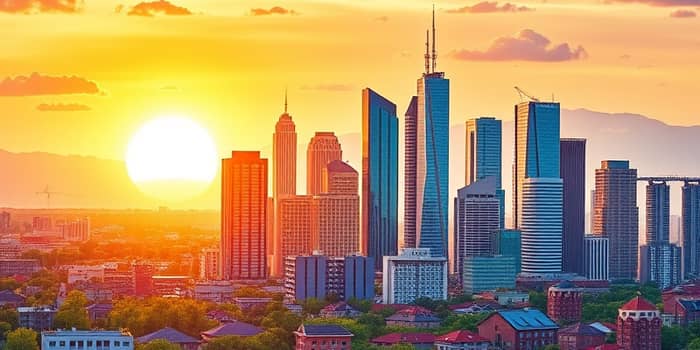
In early 2025, Maya, a mid-career professional, sat at her kitchen table surrounded by property listings, solar panel brochures, and virtual tour interfaces. She had long dreamed of owning rental properties, but the shifting demands of today’s market felt overwhelming. That morning, after a deep dive into sustainability trends and PropTech platforms, Maya realized she was witnessing a paradigm shift—one that would redefine real estate for decades to come.
As we step into 2025, real estate is no longer just about location and price. Investors must balance environmental impact, technological innovation, and shifting demographics to secure both financial returns and social value. In this landscape, a new generation of properties and investment vehicles offers unprecedented opportunities for growth.
At the heart of this transformation is a commitment to green building practices. Properties boasting eco-friendly buildings and energy-efficient designs attract premium tenants, reduce operating costs, and enjoy government incentives—from tax credits to rebates—designed to accelerate adoption of renewable energy.
Investors who harness these macro themes can capitalize on both immediate cash flow and long-term appreciation in a world that prizes resilience and efficiency.
Traditional buy-and-hold rental properties remain a dependable cornerstone, but the modern investor has a richer toolkit. From direct ownership to fractional shares, each approach carries unique benefits and considerations. The key is aligning your capital, risk tolerance, and time horizon with the right vehicle.
Interest rates, housing shortages, and demographic shifts form the triad of variables every investor must monitor. With central banks trending toward lower rates in late 2024 and early 2025, mortgage affordability has improved, but future fluctuations remain a concern. Savvy investors mitigate interest rate fluctuations by locking in long-term fixed rates or exploring variable-rate instruments tied to economic indicators.
Meanwhile, supply constraints—particularly in major metropolitan areas—continue to drive rental and sale prices upward. Targeting undersupplied micro-markets can yield outsized returns, especially when paired with value-add renovations or development projects. Demographically, Millennials and Gen Z prioritize technology and sustainability, while an aging population fuels demand for senior living and healthcare properties.
Today’s portfolios are powered by data. AI-powered analytics forecast rental yields, identify emerging demand corridors, and recommend the optimal holding period for each asset. These predictive insights allow investors to enter or exit positions with greater confidence and precision.
Blockchain and digital transaction platforms are revolutionizing due diligence and compliance. By securing each property deed and investor share on a tamper-proof ledger, blockchain enhances transparency and security, reducing fraud risk and accelerating closing times. Virtual tours and remote signing tools further streamline acquisitions, making it possible to manage properties across geographies without stepping on-site.
Whether you’re just starting or expanding a portfolio, these practical steps will guide you toward smarter investments and sustainable growth:
As you chart your path forward, remember that real estate in 2025 is not merely a financial asset class—it is a dynamic ecosystem shaped by social priorities and technological evolution. By aligning your investment strategy with sustainability goals and embracing advanced tools, you position yourself at the forefront of this renaissance.
In the coming years, those who act decisively—seizing emerging niches like data centers, senior living, and mixed-use developments—will capture the greatest rewards. Your journey toward long-term resilience and consistent growth starts now, as real estate reimagines itself in a world hungry for innovation, community, and environmental stewardship.
References





